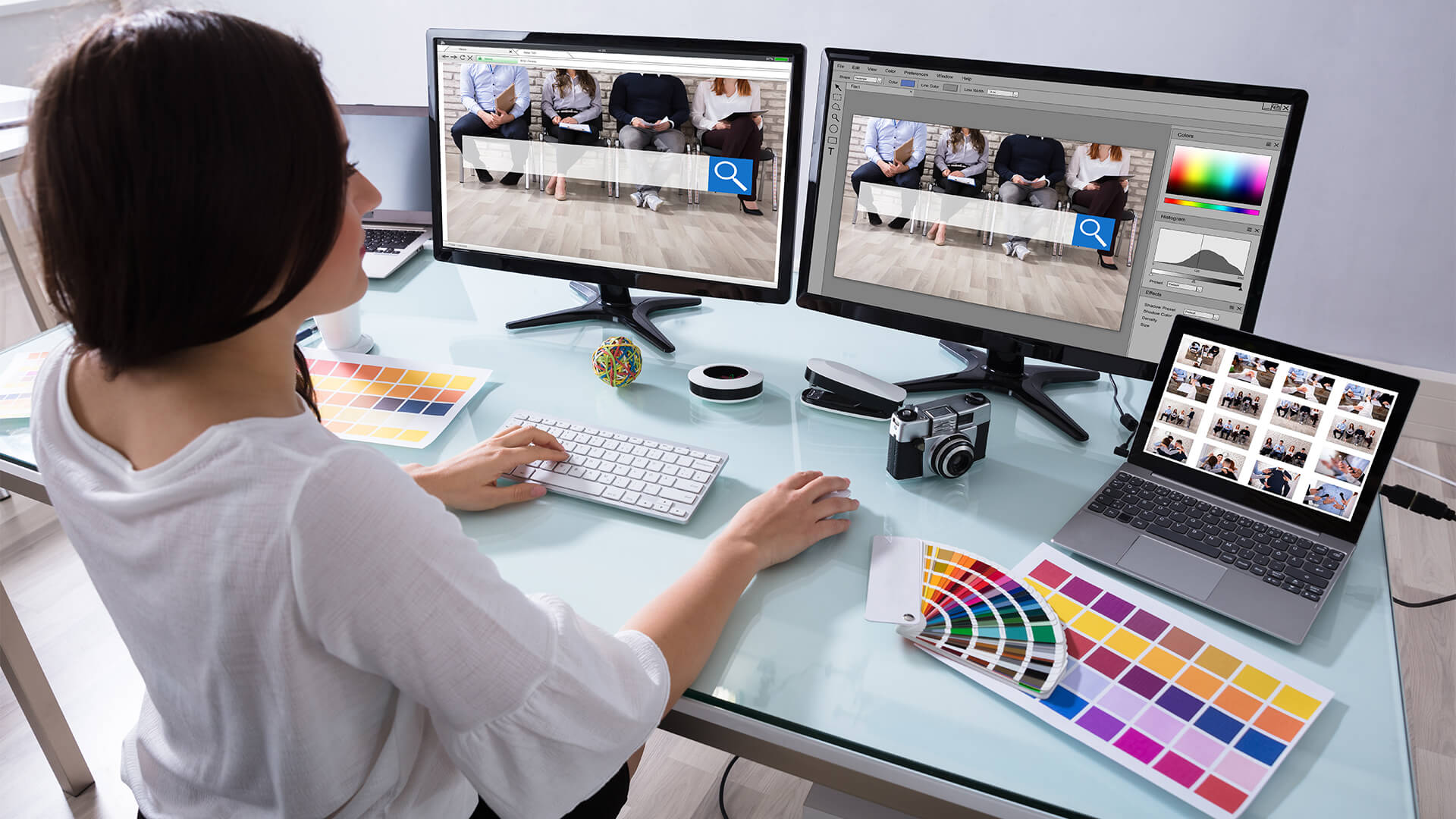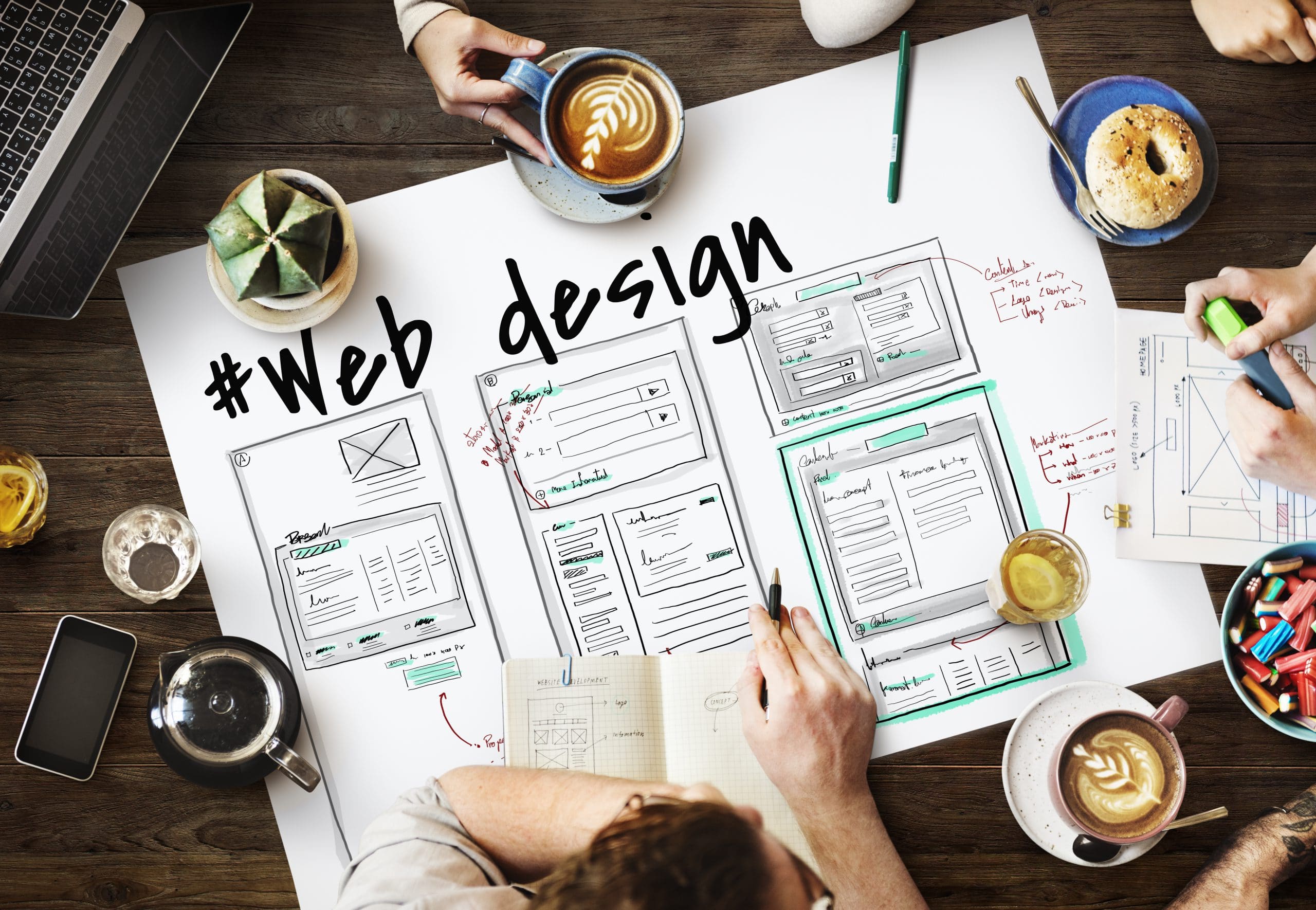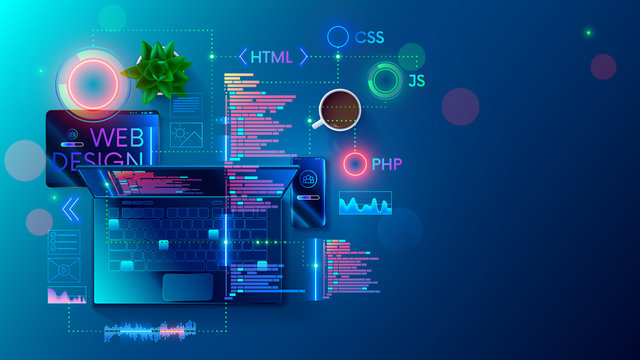The Ideal Types of Website Design to Enhance Individual Experience and Engagement
In the ever-evolving landscape of digital interaction, the performance of Web layout dramatically influences customer experience and engagement. Various style methods, such as minimal, responsive, and interactive layouts, each offer distinct benefits that can provide to diverse individual requirements.
Minimal Website Design
As digital landscapes end up being progressively messy, minimal Web style has become an effective approach to improving customer experience. This design approach focuses on simpleness, concentrating on vital elements while eliminating unnecessary distractions. By making use of enough white space, simple navigation, and a minimal shade combination, minimalist design fosters quality and guides user attention to vital material.
The core principle of minimalist Web layout is to produce a smooth interaction for users. By reducing cognitive lots, individuals can promptly realize details without feeling bewildered. This direct approach not just enhances usability but additionally urges interaction, as site visitors are more probable to discover a site that is aesthetically attractive and simple to browse.
Additionally, minimalist style usually emphasizes typography and images, making use of these elements strategically to communicate messages successfully. In significance, minimalist Web style is not simply a fad; it is a thoughtful technique that recognizes the relevance of user-centered layout.
Receptive Website Design
In today's diverse digital environment, responsive website design has ended up being crucial for creating a smooth user experience across a wide range of tools. As users access web sites on mobile phones, tablet computers, laptop computers, and desktop computers, the ability of a site to adapt its layout and content to various display dimensions and resolutions is critical.
Receptive website design employs versatile grids, photos, and CSS media questions to make sure that Web content exists ideally, no matter of the tool made use of. This technique not only boosts the aesthetic charm of a web site however also significantly boosts functionality. Users are much more most likely to involve with a site that supplies a constant experience, as it removes the aggravation of needing to zoom in or scroll exceedingly.
By embracing receptive style, businesses can enhance their presence and reach a wider target market. In summary, responsive Web layout is a fundamental practice that improves customer experience, engagement, and general contentment.
Interactive Web Layout
Responsive Web style lays the foundation for enhancing individual experience, yet interactive website design takes this an action better by involving users in a more dynamic means - Aligned Position Web Design. By including elements such as animations, clickable prototypes, and real-time comments, interactive website design mesmerizes individuals, attracting them right into a richer surfing experience
This strategy not only cultivates interaction yet additionally urges customers to explore material actively instead than passively eating it. Methods such as gamification, where individuals earn benefits for completing tasks, can substantially improve the Click This Link time invested on a website and boost total satisfaction. Interactive attributes can streamline complicated info, making it much more digestible and enjoyable.

Incorporating interactive style components can also cause higher conversion rates, as individuals are more probable to involve with a website that actively involves them. Aligned Position Web Design. Inevitably, interactive Web design transforms individual experiences into remarkable journeys, making sure that site visitors return time and again
Flat Design
Characterized by its minimalistic method, flat style highlights simplicity and performance, removing away unneeded aspects and concentrating on crucial attributes. This layout ideology focuses on use, ensuring that customers can browse user interfaces with simplicity and effectiveness. By employing a clean aesthetic, level layout removes the mess commonly discovered in extra you could try this out luxuriant styles, thus enhancing user emphasis on web content and capability.
The characteristic of level design lies in its use strong colors, easy typography, and geometric shapes. These elements add to a visually appealing user interface that is both modern-day and approachable. In addition, flat layout cultivates a sense of clarity, permitting individuals to discern essential activities and info without distraction.
In addition, flat layout is particularly reliable in receptive Web style, as its simpleness translates well across various tools and screen dimensions. The absence of have a peek at this website intricate structures and slopes lessens loading times, which is crucial for keeping individual involvement. As electronic landscapes continue to progress, flat layout stays a pertinent option for developing easy to use websites that improve total experience. By focusing on essential functions, flat design not only fulfills user demands but also urges seamless communication, making it a vital element of reliable Web design approaches.
Flexible Web Design
Adaptive website design tailors the user experience by creating several repaired designs tailored to various screen sizes and devices. Unlike responsive design, which fluidly adjusts a single layout, flexible design uses unique designs for particular breakpoints, making sure ideal presentation on various platforms. This approach permits developers to concentrate on the special features of each tool, improving functionality by providing precisely what users require based upon their context.
One of the primary advantages of flexible website design is its capacity to maximize lots times and efficiency. By serving tailored web content and pictures that fit the individual's device, sites can reduce data use and enhance loading speeds. This is particularly helpful for individuals with slower connections or limited information plans.

Furthermore, flexible design promotes a more consistent and regulated branding experience. Because developers develop multiple designs, they can make sure that the aesthetic elements align with the brand's identification throughout various platforms - Aligned Position Web Design. This leads to a cohesive individual experience, boosting interaction and advertising customer retention
Conclusion
Minimal style fosters clarity and emphasis, while responsive style guarantees adaptability throughout numerous gadgets, promoting accessibility. Collectively, these style approaches add to the development of easy to use environments that not just enhance complete satisfaction yet likewise drive higher conversion prices, highlighting their vital importance in modern Web design strategies.

Minimal layout cultivates quality and emphasis, while receptive layout makes certain flexibility across different gadgets, promoting availability. Collectively, these style approaches contribute to the creation of easy to use atmospheres that not only improve complete satisfaction but also drive higher conversion prices, emphasizing their crucial significance in contemporary Web style methods.